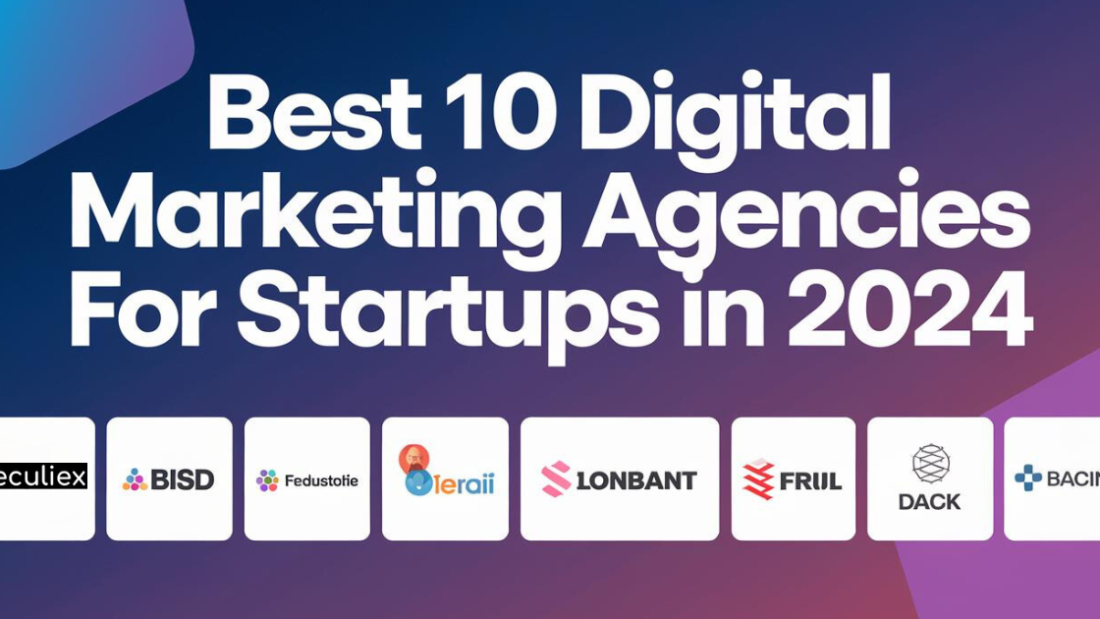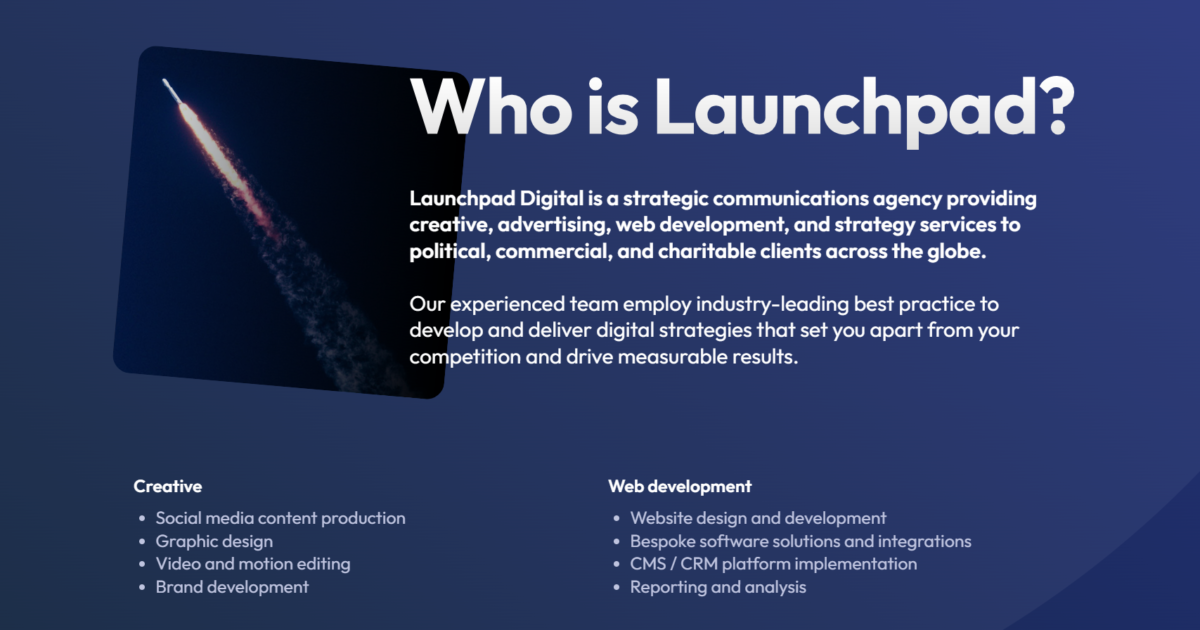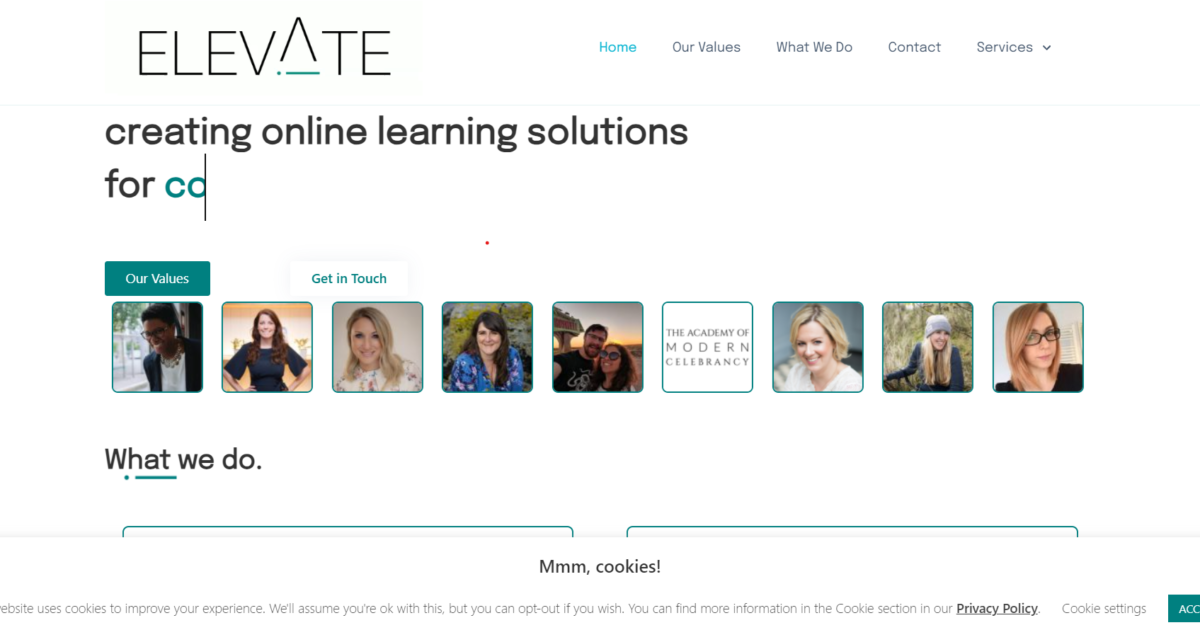
In the modern business scene, tiny firms battle marketing-related issues that are unique to them. Small Business Digital Marketing can tap into digital marketing to raise brand awareness, target a wider audience, and boost revenue—all in a budget friendly way. But, understanding the world of digital marketing can be tough, given the abundance of tools and strategies to choose from. This guide is to assist small enterprise proprietors in amplifying their marketing game. It will unveil some of the best digital marketing tips and uncover 15 vital apps that can simplify and upgrade marketing efforts.
Understanding Small Business Digital Marketing
Small business digital marketing isn’t just being online; you want to connect effectively with your audience. Unlike giant companies, small ones often have lesser resources. Small Business Digital Marketing need to use impactful, budget-friendly strategies. Tactics like search engine optimization (SEO) and content, social media, and email marketing are essential. Each one helps to attract visitors, create potential customers, and transform them into faithful clients.
Top 15 Apps for Small Business Digital Marketing
Small Business Digital Marketing in digital marketing require tools for campaign management, performance monitoring, and effort optimization. Here are 15 top suggested apps tailored for Small Business Digital Marketing:
1. Buffer
Buffer serves as a handy tool for managing social media. It helps businesses organize their posts, keep an eye on how notable their content is, and look after more than one media account in one spot. This go-to app is perfect for smaller businesses wanting to stay engaged on social media without a huge time commitment. Buffer lets you set up and auto-post, guaranteeing regular connection with your followers that helps to grow Small Business Digital Marketing.
2. Canva
Canva, a graphic design platform, simplifies creating visually appealing content. It’s perfect if you’re crafting social media posts, designing blog artwork, or preparing marketing aids. You’ll find ample templates and adjustable design elements to match your brand’s style. Canva, with its easy-to-use functions and assorted options, is highly beneficial for small enterprises lacking a specialized design team.
3. Mailchimp
Mailchimp stands as a top-tier platform for email marketing. It aids companies in crafting, distributing, and scrutinizing their email interactions. Featuring easy-to-use controls and solid data analysis, Mailchimp is ideal for small enterprises eager to create and manage an email audience, connect with clients, and spark conversions via specialized email drives.
4. Google Analytics
Google Analytics is a key gadget for monitoring web traffic. It gives a peek into the behaviors of your web guests, their origins, and their activities. For small-scale businesses, grasping this data aids in refining marketing tactics, enhancing site usability, and boosting conversions.
5. Hootsuite
Hootsuite is a well-liked tool for overseeing social media. It lets you plan posts, keep an eye on various social channels, and assess your campaign results. This tool can be used across different platforms. It’s a flexible pick for small businesses aiming to make their social media marketing more efficient with Small Business Digital Marketing.
6. Trello
Trello, a helpful tool for project management, aids teams in coordinating duties while promoting efficient collaboration. It proves exceptionally useful for small firms, playing an instrumental role in planning and monitoring marketing efforts. This ensures everyone stays updated and meets targets. Trello’s visual boards simplify the handling of multifaceted projects, making them seem effortless.
7. Yoast SEO
Yoast SEO, a plugin for WordPress, assists in optimizing your site for search engines. It provides instant content analysis, guaranteeing your pages are enhanced for keywords, legibility, and more. Small Business Digital Marketing that use WordPress can take advantage of Yoast SEO’s attributes to increase their website’s prominence on search engines.
8. HubSpot
HubSpot provides various tools for marketing, selling, and serving customers, perfect for small enterprises. Their CRM system aids in handling client relations, mechanizing marketing chores, and reviewing campaign results. HubSpot’s no-charge tools are particularly beneficial for small firms needing robust marketing software without the steep price tag.
9. Sprout Social
Sprout Social is a platform for managing social media and understanding its impact. This tool helps companies navigate their online engagement. This includes connecting with customers and assessing how well their social media plans are working. Sprout Social’s extensive analytics are especially helpful for small businesses. Small Business Digital Marketing can use it to polish their social media advertising efforts.
10. Semrush
Think of Semrush as a digital marketing Swiss army knife. It’s crammed full with features for SEO, content marketing, eyeballing the competition, and managing ads. Little businesses find Semrush helpful to dig up useful keywords, keep an eye on how visible they are online, and scrutinize the competition. Thus, Small Business Digital Marketing can really ramp up their digital marketing game.
11. BuzzSumo
BuzzSumo is a handy tool for content research and discovery. It’s efficient in helping businesses with Small Business Digital Marketing to spot trendy subjects and reviewing how content performs online. Small businesses can utilize BuzzSumo. It helps generate ideas that will click with their audience and monitor how their content fares against rival companies.
12. Google Ads
Google Ads, a platform where you pay-per-click, lets companies create ads. These show up on Google searches and other web pages. Small businesses employ Google Ads to reach certain keywords and demographics. Small Business Digital Marketing boosts their website traffic and helps get leads. Given its adaptability and in-depth analytics, Google Ads is great for businesses, big or small.
13. Slack
Slack serves as a team chat tool, promoting teamwork and keeping everyone connected. For little companies, Slack can organize promotional endeavors, relay news, and work together on tasks instantly. Its connection with platforms like Trello and Google Drive transforms it into the heart of online marketing efforts.
14. Moz
Moz equips businesses with SEO tools to boost their visibility on search engines. Small enterprises can harness Moz to research relevant keywords, study backlinks, and monitor their website’s effectiveness. The user-friendly interface of Moz is also appealing to SEO beginners.
15. Ahrefs
Ahrefs is a formidable SEO resource. It gives you a peek into your website’s backlinks, positioning of keywords, and the competition. It’s a handy tool for small businesses. They can use Ahrefs to pinpoint ways to boost their SEO tactics and their standing on search engines. With its wealth of data, Ahrefs is a precious tool for any small business aiming to expand its footprint online.

Conclusion
Small businesses can grow and connect with people through good Small Business Digital Marketing. Using tactics like SEO, content marketing, and managing social media helps a lot, even if funds are tight. Peculiex and similar companies give tailored digital marketing help. This helps streamline work, making things run smoothly and boosting results. With the right strategies and guidance from experts, small businesses can confidently step into the digital world and find lasting success.
Also Read-What is Generative Engine Optimization?
FAQ’s
1. Key digital approach for small businesses?
An important approach is to enhance online visibility via SEO, crafting valuable content, and interacting on social media. This aids in attracting and keeping customers.
2. Digital apps’ benefits for small enterprises?
These apps simplify campaign management, performance tracking, and effort optimization. They save time, cut down expenses, and allow data-based decisions, thus improving marketing outcomes.
3. Free digital tools for small enterprises?
Indeed, several tools like Google Analytics, Mailchimp, HubSpot, and Canva offer free versions. The basic features of these tools kickstart digital marketing without extensive investment.
4. Picking the correct digital tools?
Review your business requirements, budget restrictions, and areas needing support. Choose tools that meet your goals, are user-friendly, and compatible with existing tools.
5. Outsourcing or in-house digital marketing?
If small businesses possess the right tools and expertise, in-house marketing is a possibility. Yet, outsourcing to a digital marketing agency is a good option if skill or time is limited. It all hinges on the business’s resources and aspirations.











































